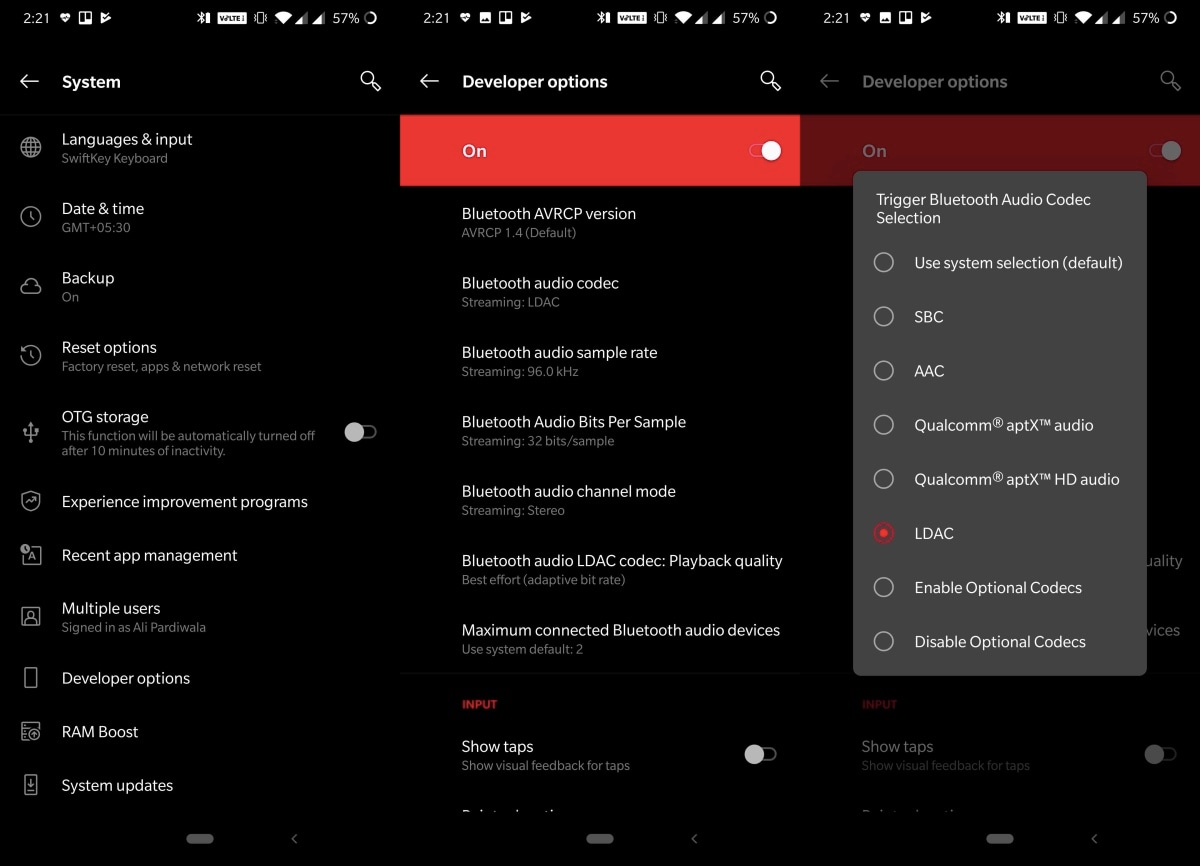

The higher the bit rate the higher quality of the stream.
#ADVANCED AUDIO CODEC LOW COMPLEXITY HACKING PHONE BLUETOOTH#
This includes support for public or private broadcasts, introducing an entirely new use case for Bluetooth audio. LE Audio will continue to support point-to-point communication and also add a new broadcast audio capability (support for unlimited number of synchronized audio sinks). Support for the development of standardized Bluetooth hearing aids, enabling true global interoperability.Support for multi-stream and true wireless (TWS) earbud applications by supporting independent left and right audio streams which are also highly synchronized.Introduction of a new more efficient and higher quality audio codec called Low Complexity Communications Codec (LC3) which replaces SBC (Sub-band Codec).LE Audio allows developers to build the same types of products as Classic Audio (using BR/EDR) but introduces four key new features that focus on improved performance as well as support for new innovations. The introduction of the next generation of Bluetooth ® audio, LE Audio, which was announced in early 2020, set forth to define a new approach or architecture to satisfy these requirements and enable the next 20 years of wireless audio innovation. A unified standard for both hearing aids and consumer audio.The need for broadcast capability and support for Auracast™ broadcast audio.A new standardized Bluetooth implementation that addresses the limitations of the current BR/EDR standard and the Low Complexity Sub-band Codec (SBC).True wireless operation with individual streams sent to each earbud.Smaller devices requiring smaller-sized batteries.Additionally, with the evolving requirements of personal audio devices, such as hearing aids and true wireless (TWS) earbuds and the increased demand for streaming high-quality audio/video, a new Bluetooth audio standard became necessary. Currently, developers sometimes resort to adding proprietary extensions to the technology to deliver compelling user experiences. Over time, with the gaining popularity of personal listening, the Bluetooth Special Interest Group (SIG) released a new set of standards around the Advanced Audio Distribution Profile (A2DP) which added support for stereo streaming and a higher quality audio codec.īluetooth developers have stretched the current Bluetooth audio standard to its limit. Originally, the BR/EDR audio profiles only supported voice calls (mono audio).

If you’ve ever listened to music wirelessly through a headset or through your car’s infotainment system, then you’ve most likely used Bluetooth technology.īluetooth Classic (BR/EDR) has been the main radio used in current wireless audio applications, and it has been satisfactory for most applications. Over the past two decades, since its inception, Bluetooth ® technology has become the go-to solution for the vast majority of wireless audio streaming applications.


 0 kommentar(er)
0 kommentar(er)
